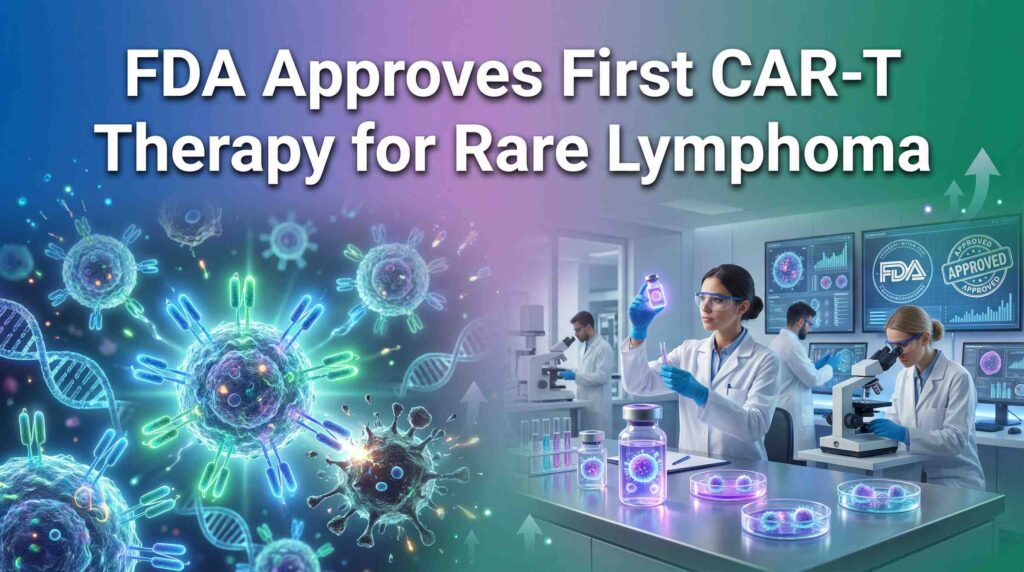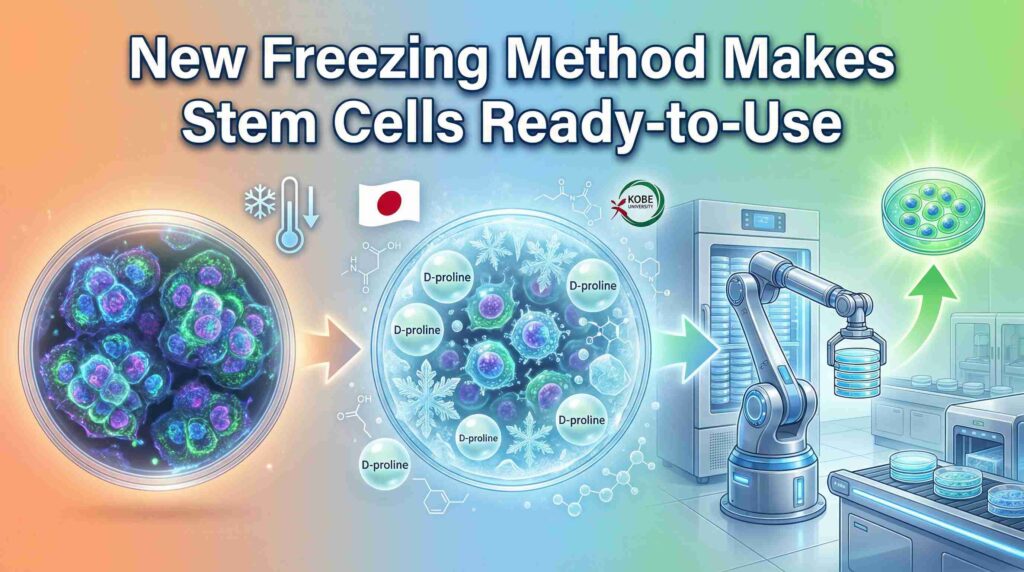In this fascinating and educational video, we are introduced to the incredible world of stem cells and their crucial role in our bodies.
The video explains how our bodies are composed of around 30 trillion cells, which are in a constant state of renewal. Every day, approximately 330 million new cells replace old ones, ensuring our body’s continuous functioning.
The video highlights the regenerative abilities of stem cells, their potential in therapies for various diseases, and their unique properties that distinguish them from other cell types.
Key Points Covered in the Video
- Understanding Stem Cells:
- Stem cells have two unique abilities: they can self-renew to create more stem cells, and they can differentiate into many different types of cells.
- Differentiation is the process by which a cell picks its fate, becoming a specialized cell such as a skin, muscle, or blood cell.
- Types of Stem Cells:
- Totipotent Stem Cells: These cells have nearly infinite dividing capabilities and can become any cell of an organism. The zygote, formed from the fusion of an egg and sperm, is the original totipotent stem cell.
- Pluripotent Stem Cells: Slightly more restricted than totipotent stem cells, these can form almost all cell types. Embryonic stem cells (ESCs) are a type of pluripotent stem cell.
- Multipotent Stem Cells: These can differentiate into many kinds of cells within a specific type. Hematopoietic stem cells in the bone marrow are an example, giving rise to various blood cells.
- Unipotent Stem Cells: These can only differentiate into one type of cell, such as muscle stem cells only differentiating into muscle cells.
- Cell Differentiation and Gene Expression:
- All cells have the same DNA, but not all cells express all the genes. Gene expression determines the cell’s identity and function.
- The video discusses the groundbreaking work of Shinya Yamanaka and Kazutoshi Takahashi, who managed to revert skin cells back into pluripotent stem cells by introducing specific genes known as Yamanaka factors. This discovery earned them a Nobel Prize in 2012.
- Applications of Stem Cells:
- Stem cells are used in various therapies, such as bone marrow transplants for patients with blood diseases.
- Researchers use induced pluripotent stem cells (iPSCs) to study organ and tissue formation, aiming to answer questions related to development and congenital diseases.
Conclusion
The video provides a comprehensive look into the world of stem cells, emphasizing their importance in maintaining our body’s functions and their potential in medical research and therapies.
Stem cells’ ability to regenerate and differentiate makes them a cornerstone of our biological processes and a promising avenue for future medical advancements.


